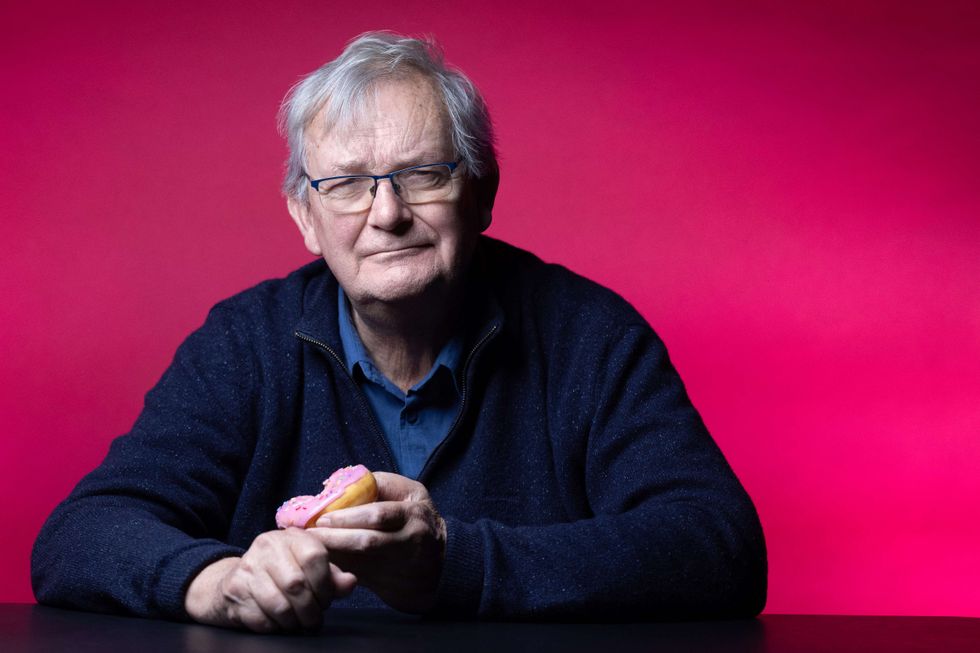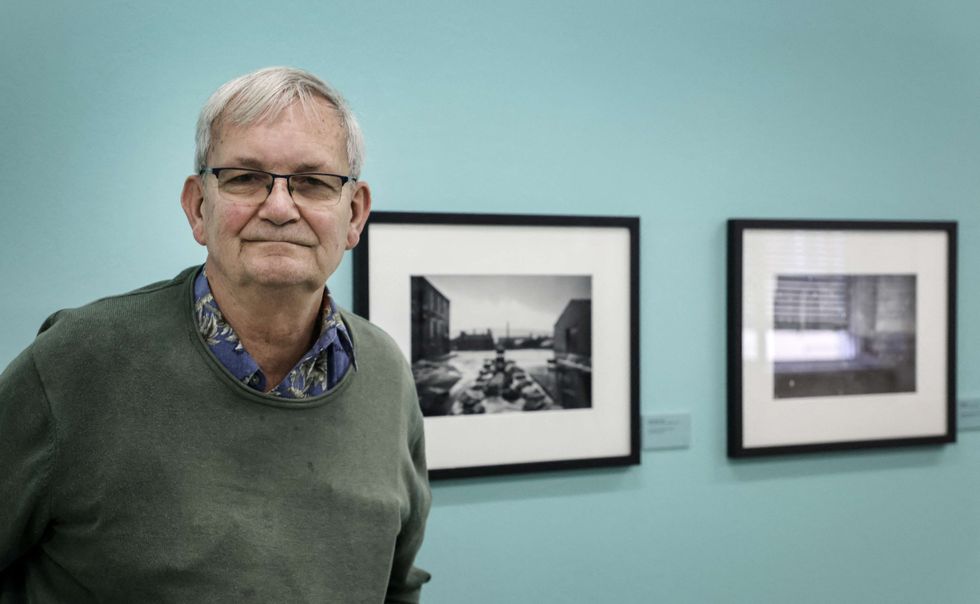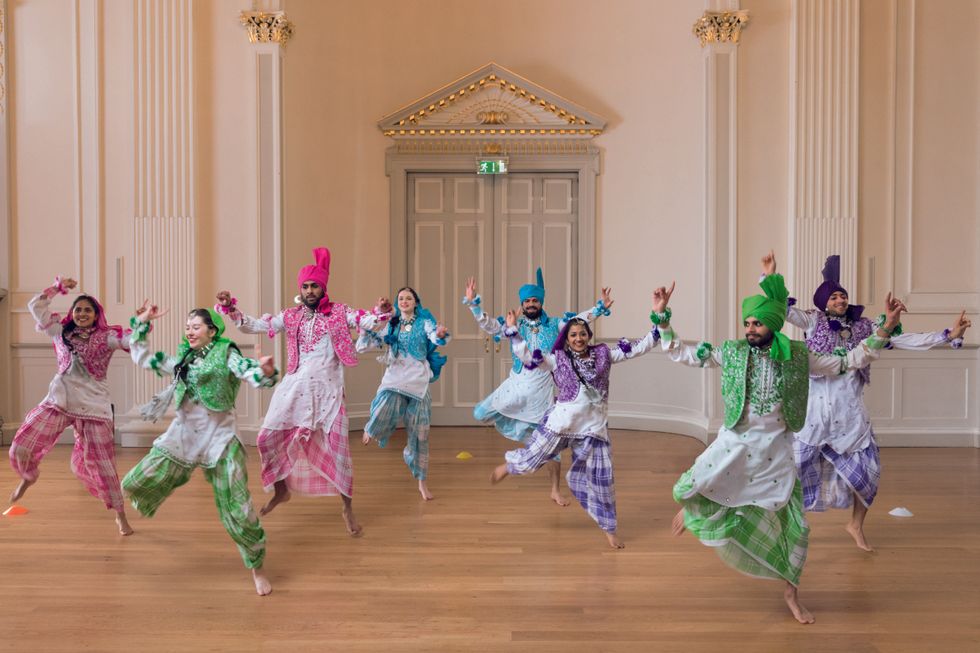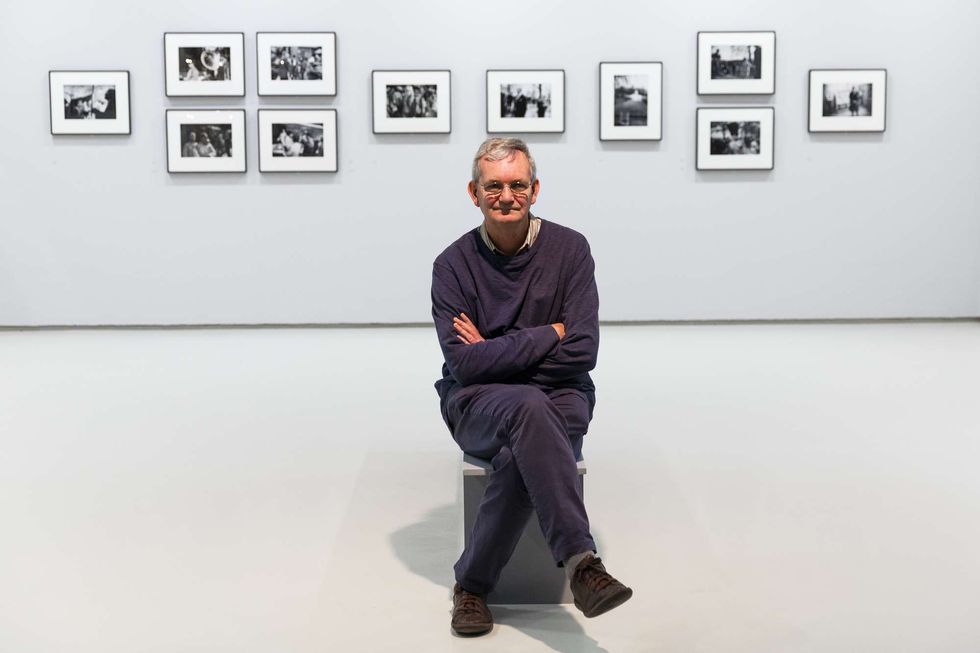THE maternity safety minister on Sunday (4) announced more than £2 million funds for the Royal College of Obstetricians and Gynaecologists (RCOG) to lead the first phase of the Avoiding Brain injuries in Childbirth (ABC) collaboration.
The fund will be used to survey maternity staff and parents and test out best practices for monitoring and responding to a baby’s wellbeing during labour, and in managing complications with a baby’s positioning during caesarean section to reduce brain injuries.
Maternity safety minister Nadine Dorries said, “This new programme, which we’re supporting with over £2.45 m, aims to spot warning signs earlier and save lives, preventing families and their babies from facing the horrific ordeal of a life-changing brain injury, and will help us deliver on our ambition to halve brain injuries during birth by 2025.
“Having the right maternity staff in the right place at the right time means they can learn from one another, give the best care for mums and babies and build a safe and positive environment for both staff and pregnant women in maternity teams across the country.”
By the end of this year, the ABC review aims to develop a nationally agreed approach for how staff monitors the condition of a baby during labour.
The review will be carried out through a partnership with the Royal College of Midwives (RCM), The Healthcare Improvement Studies Institute at the University of Cambridge, and the RCOG.
The three organisations will aim to agree on the best clinical practice for managing deteriorating conditions of babies during labour and test how this could be rolled out across maternity services in England in future.
The Department of Health and Social Care (DHSC) has also provided almost £450,000 to the RCOG to develop a new workforce planning tool to improve how maternity units calculate their medical staffing requirements, to better support families and babies.
Over the next year, RCOG will collaborate with and gather data from across the health sector to determine how the tool can help NHS Trusts to understand their own medical staffing needs, and provide standardised, safe and personalised care tailored to their communities.
Dr Edward Morris, president at the RCOG said, “This investment will go a huge way to improving the quality of care provided to pregnant women and their babies. We recognise that appropriate maternity staffing is fundamental to providing safe care for women and we hope this tool will give maternity units in England a clear guide to determine how many medical staff they require in their specific setting.
“We understand that the impact of avoidable newborn brain injury is profound and we want to do everything we can to ensure no family has to experience it.”
Gill Walton chief executive at the RCM said, “Every avoidable brain injury leaves families devastated and affects midwives and maternity staff. For the vast majority of women and their babies, the UK is a safe place to give birth. However, tragically avoidable brain injuries do happen. It’s imperative we work together in maternity serves to do all we can to reduce avoidable brain injuries during birth.
“This funding will enable the RCM and RCOG in partnership with the DHSC to firstly review approaches to monitoring babies during labour and ultimately with more multi-disciplinary training in this area will go towards improving safety for women and their babies."
“Providing safe and effective care to babies and their mothers is a key priority for the NHS and this new support will bolster our own Maternity Transformation Programme to prevent brain injury during birth – which we aim to reduce by at least half over the next five years,” said Chief midwifery officer for England, Jacqueline Dunkley-Bent.
The government’s maternity safety ambition is to halve the 2010 rates of stillbirth, neonatal and maternal death and brain injuries that occur during or soon after birth by 2025.
The brain injury rate has fallen to 4.2 per 1,000 live births in 2019, since rising from 4.2 to 4.7 per 1,000 live births between 2012 and 2014.
Several independent inquiries into maternity safety, most recently the Ockenden report, have highlighted the need to gain a deeper understanding of what constitutes safe staffing in maternity care.
90 per cent of obstetric and gynaecology junior doctors report rota gaps in their units and attrition and burnout rates are high at all career stages.





 Martin Parr death at 73 marks end of Britain’s vivid chronicler of everyday life Getty Images
Martin Parr death at 73 marks end of Britain’s vivid chronicler of everyday life Getty Images  Martin Parr poses for a photo during the opening of his exhibition Early Works" at the Fotografie Forum Frankfurt" in FrankfurtGetty Images
Martin Parr poses for a photo during the opening of his exhibition Early Works" at the Fotografie Forum Frankfurt" in FrankfurtGetty Images 064-5 Bhangra - Photos Bhangra dancers, Assembly Rooms, Edinburgh, Scotland, 2017, commissioned by BBC One. Martin Parr / Magnum Photos / Rocket Gallery
064-5 Bhangra - Photos Bhangra dancers, Assembly Rooms, Edinburgh, Scotland, 2017, commissioned by BBC One. Martin Parr / Magnum Photos / Rocket Gallery Martin Parr dies at 73 after capturing British elites, Asian communities, and post-Brexit BritainGetty Images
Martin Parr dies at 73 after capturing British elites, Asian communities, and post-Brexit BritainGetty Images






